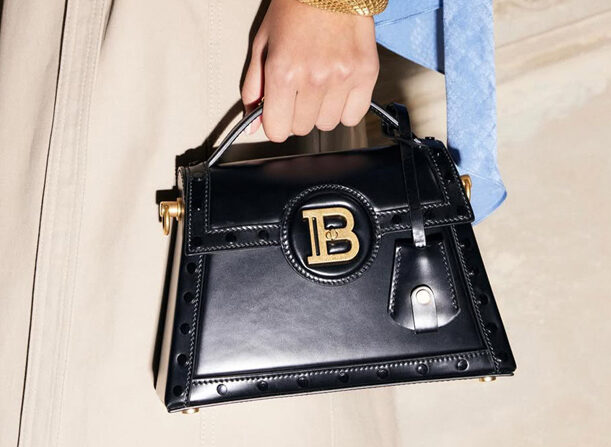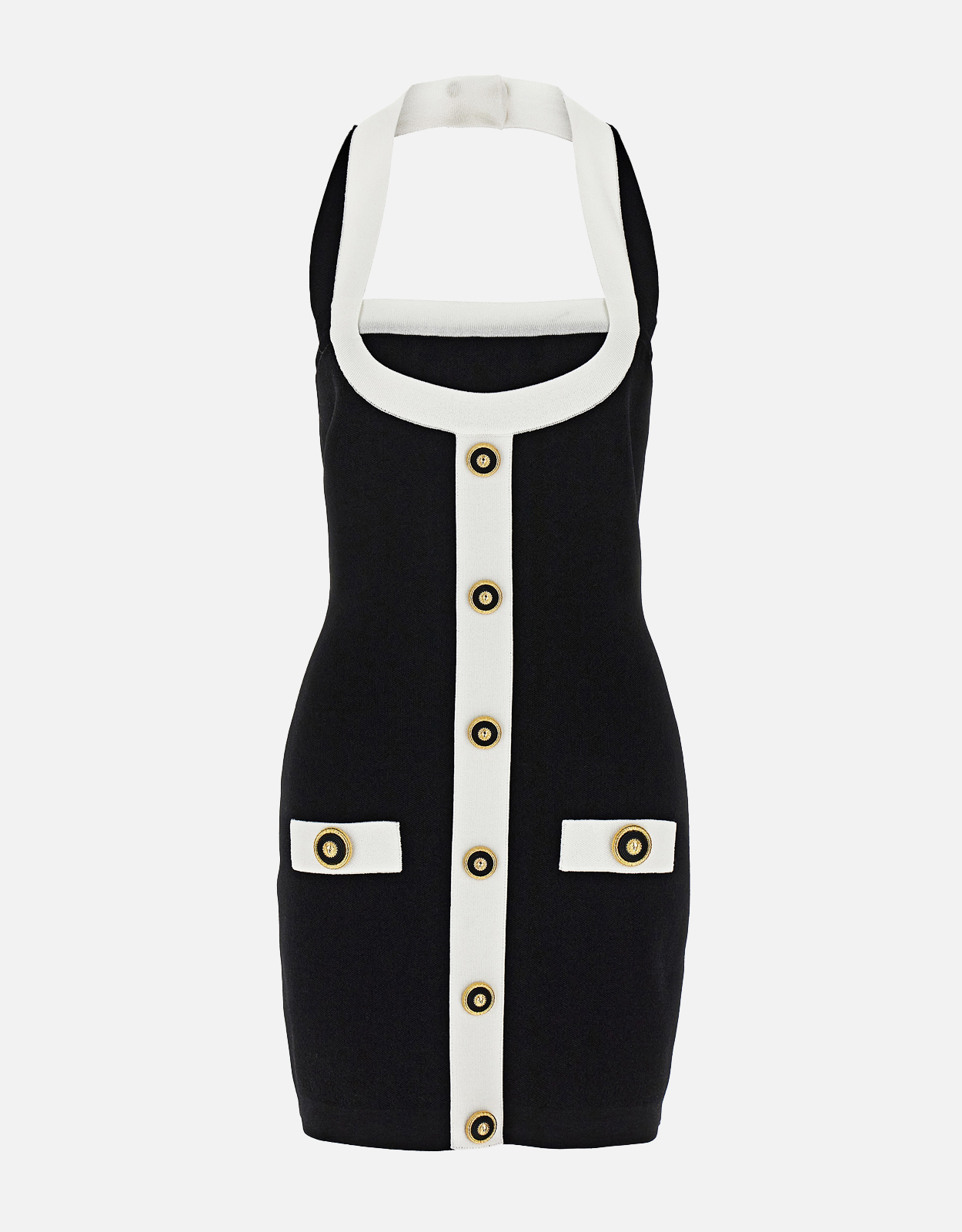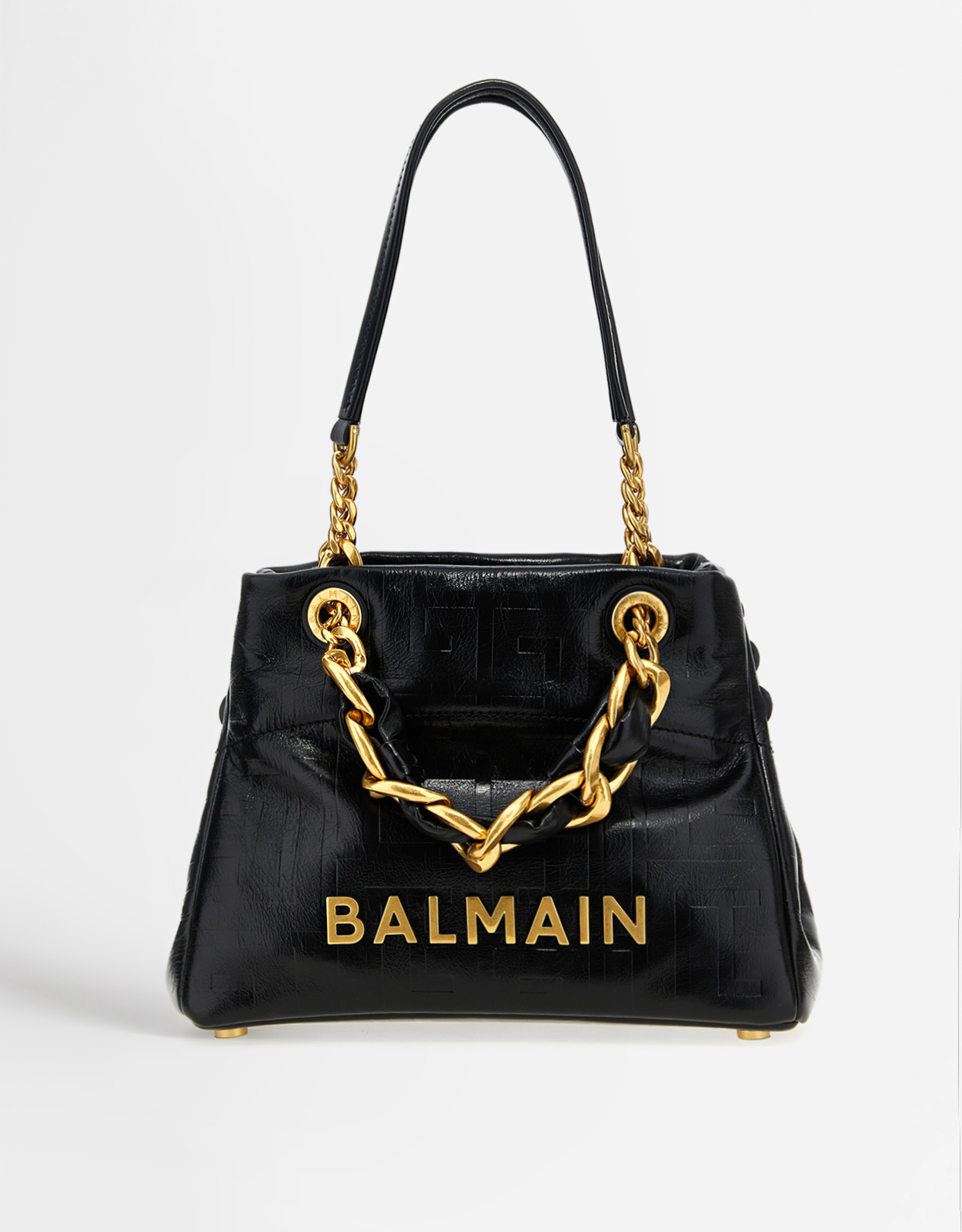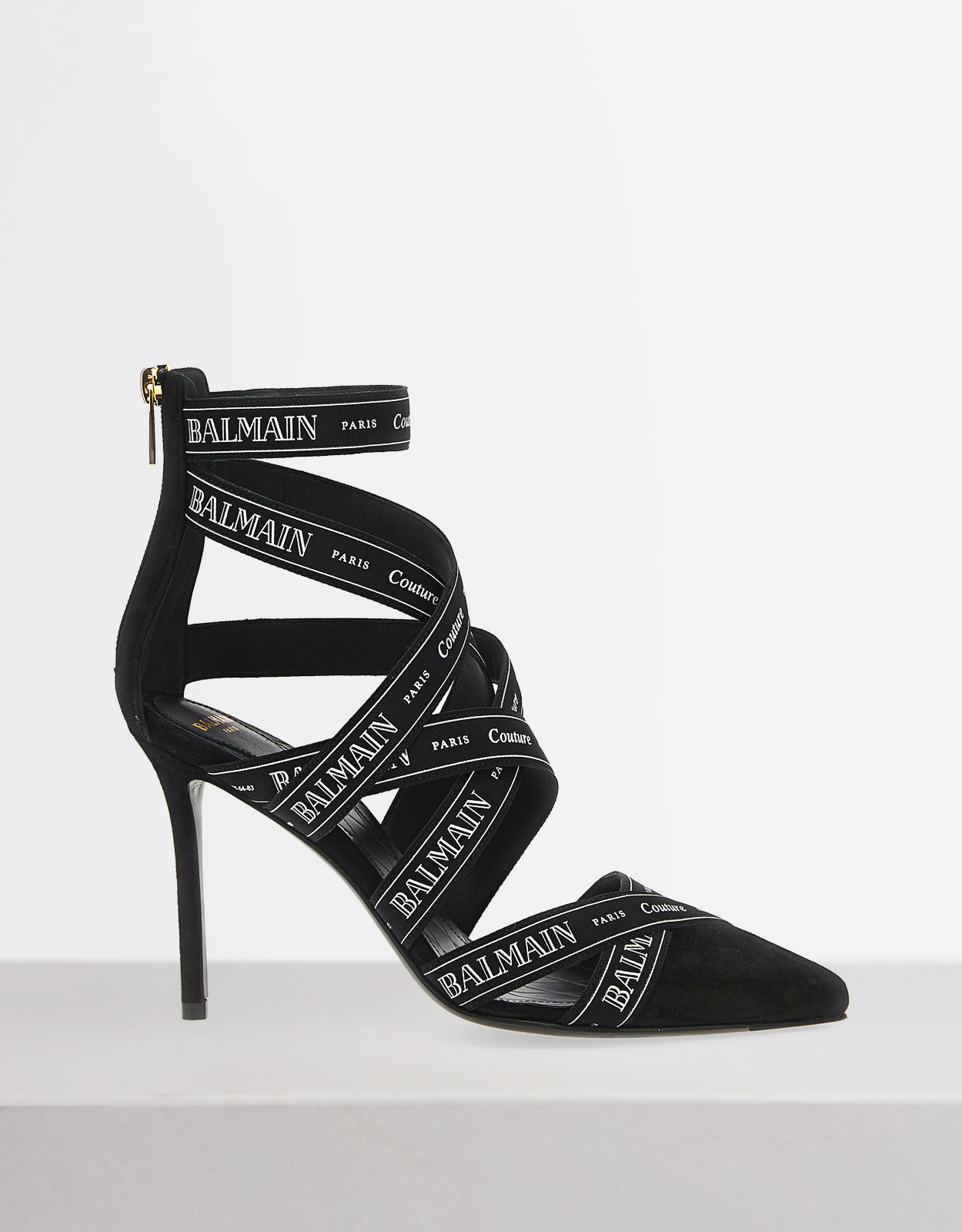This post is also available in:  English
English 繁體中文 (Chinese (Traditional))
繁體中文 (Chinese (Traditional))
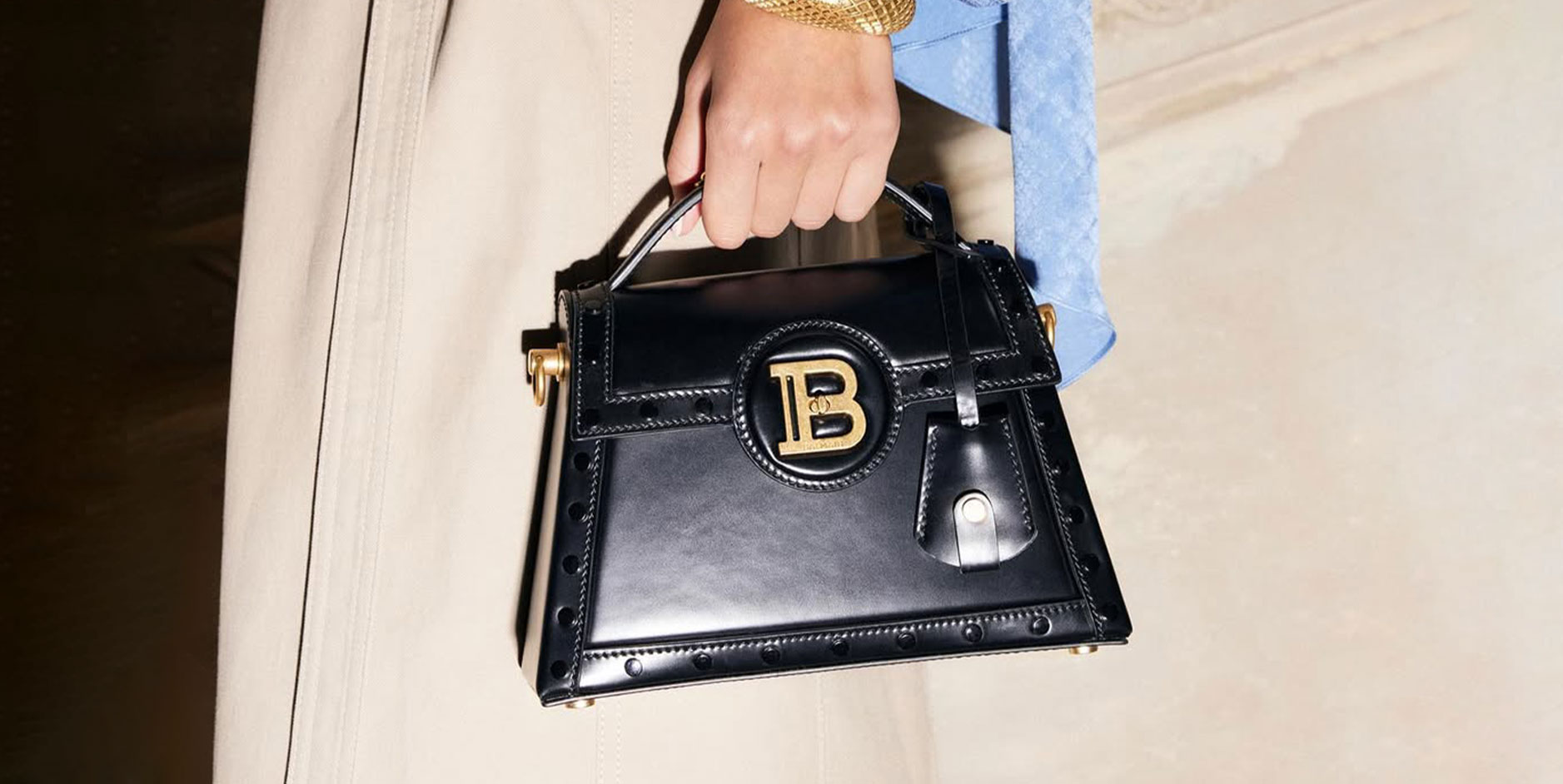
BALMAIN: The Powerhouse Brand That Turned Fashion into an Attitude
FASHION / 2025-03-24
"Balmain girls don’t follow trends—they set them." — Olivier Rousteing
When you think of BALMAIN, what comes to mind?
Is it that sharp-shouldered, ultra-sexy blazer that screams confidence? Or maybe the intricate, heavily embroidered gowns that A-list celebrities love to wear on the red carpet?
Whatever you picture, BALMAIN is more than just luxury fashion—it’s a symbol of power, beauty, and attitude. From Sophia Loren and Josephine Baker to Kim Kardashian and Beyoncé, some of the world’s most iconic women have stepped out in BALMAIN, commanding attention with every move.
But this French fashion house wasn’t always the global powerhouse it is today. Since its founding in 1945, BALMAIN has gone through war-torn beginnings, a glamorous golden age, a period of reinvention, and a stunning revival. Now, in the age of Instagram, it’s one of the most talked-about brands in the world.
So how did BALMAIN become the ultimate “Goddess Maker”? Let’s take a deep dive into its legendary history.
The Pierre Balmain Era: From Post-War Paris to High-Fashion Royalty
Back in 1945, Paris was still recovering from the devastation of World War II. While the city was slowly regaining its status as the capital of fashion, a young designer named Pierre Balmain was about to play a key role in its revival.
Born in a small village in the French Alps, Balmain grew up surrounded by fashion. His mother managed a boutique, and from a young age, he was drawn to the world of design. After studying architecture, he found himself working alongside some of the biggest names in fashion, including Lucien Lelong, Robert Piguet, Dior, and Givenchy.
At the time, Parisian fashion was dominated by three major forces:
Christian Dior revolutionized women’s silhouettes with his “New Look.”
Cristóbal Balenciaga introduced the iconic “Cocoon” shape.
Pierre Balmain, on the other hand, became the master of elegant eveningwear, known as “Jolie Madame.”
By the 1950s, BALMAIN had already solidified its place as a VIP in the world of haute couture. Hollywood stars and European royalty alike flocked to the brand, including Katharine Hepburn, Brigitte Bardot, and Thailand’s Queen Sirikit. His signature designs—cinched waists, opulent embroidery, and baroque-inspired detailing—became a symbol of refined femininity.
Reinvention: Oscar de la Renta, Rock & Roll Glam, and a New Era of BALMAIN
When Pierre Balmain passed away in 1982, the brand faced a turning point. It had already established itself as a Parisian couture icon, but in order to stay relevant, it needed a fresh perspective.
Enter Oscar de la Renta in 1992. The Dominican-born designer brought a new level of sophistication to the brand, blending BALMAIN’s traditional elegance with a more modern, wearable appeal. His designs were refined, luxurious, and effortlessly glamorous, making BALMAIN a favorite among high-society women as the world moved into the new millennium.
But fashion is constantly evolving, and by the 2000s, a new energy was brewing. In 2006, designer Christophe Decarnin took over, and suddenly, BALMAIN was no longer just about couture gowns—it became the ultimate rockstar brand.
Decarnin threw away the old rulebook, ditching the classic French refinement for bold shoulders, metallic embellishments, skintight silhouettes, ripped denim, and micro-mini dresses. His aesthetic was rebellious, sexy, and unapologetically over-the-top. This new "rock & roll glamour" instantly caught the attention of supermodels, pop stars, and Hollywood’s elite. From Kate Moss to Victoria Beckham, BALMAIN became the go-to brand for women who wanted to make a statement.
During this period, BALMAIN wasn’t just about dressing royalty anymore—it was about dressing the fearless, confident, and bold. The brand had transformed into a symbol of power and rebellion, paving the way for its next great era.
Olivier Rousteing: The 25-Year-Old Who Took BALMAIN to the Top
In 2011, BALMAIN took a bold step and appointed a young, daring, and incredibly talented creative director—Olivier Rousteing. At just 25 years old, he shook up the fashion world, becoming one of the youngest designers to ever lead a major Parisian fashion house.
Before taking over BALMAIN, Rousteing honed his skills at Roberto Cavalli, where he developed a sharp eye for the fusion of high-fashion craftsmanship and streetwear energy. But when he stepped into BALMAIN, he didn’t just maintain the brand’s legacy—he reinvented it. Instead of playing it safe, he pushed the label into an era of boldness, sex appeal, and undeniable power, redefining what modern luxury could be.
Under his vision, the legendary "Balmain Army" was born. It wasn’t just a fashion aesthetic; it was an attitude. His designs featured strong-shouldered blazers, military-inspired cuts, gold embellishments, and intricate detailing, transforming every woman who wore them into a walking force of confidence. This new, powerful take on femininity immediately caught the attention of the world’s biggest fashion icons—from Kim Kardashian and Beyoncé to Rihanna, Gigi Hadid, and Kendall Jenner.
But Rousteing’s genius didn’t stop at design—he was one of the first high-fashion designers to fully embrace the power of social media. While other luxury brands relied on traditional marketing, he turned Instagram into BALMAIN’s greatest runway, making the brand more relevant than ever. From celebrity street style to red carpet dominance, BALMAIN became the go-to label for strong, fearless women who lead trends rather than follow them.
Then in 2019, Rousteing took another bold step—he brought haute couture back to BALMAIN, reviving the house’s original craftsmanship and intricate artistry. With this move, he proved that BALMAIN could be both a cutting-edge trendsetter and a timeless fashion institution.
Today, Olivier Rousteing isn’t just a designer—he’s a cultural force, shaping the future of fashion and ensuring that BALMAIN remains one of the most influential and powerful brands of the 21st century.
BALMAIN: More Than Fashion—It’s a Statement
From Parisian couture to rock & roll rebellion to Instagram-era dominance, BALMAIN has never been just about clothes—it’s about attitude. Whether it’s a structured blazer, a beaded gown, or a bold mini dress, every BALMAIN piece is designed to make a statement.
And that’s why the biggest stars, from Hollywood to K-pop, continue to wear BALMAIN today. Whether it’s Taylor Swift, BLACKPINK’s Lisa, or Zendaya, the brand has become a global force, shaping the way powerful women dress.
So, the next time you slip into a BALMAIN blazer, remember—you’re not just following a trend. You’re making one.
Now, tell us: What’s your ultimate BALMAIN look? Are you all about the signature structured blazer, a stunning couture gown, or the edgy rockstar aesthetic? Drop your BALMAIN story in the comments!

